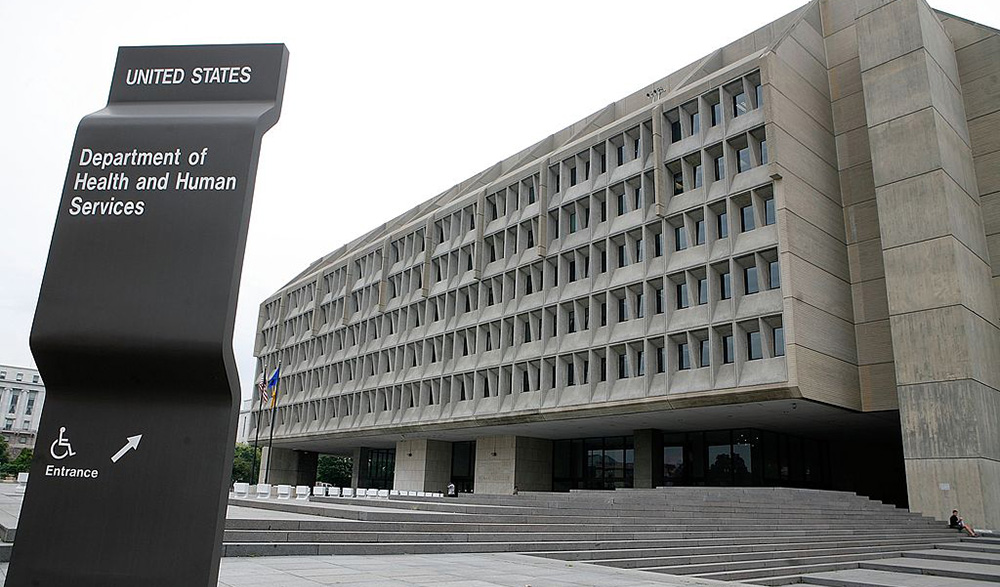Like the Affordable Care Act (Obamacare) or not, it’s impossible to deny that many exchanges — and consumers — are facing down a crisis. According to HHS, the number of participating insurers is down 38 percent this year. Just this month, Anthem BlueCross BlueShield announced it was leaving Nevada’s exchanges, and insurance companies nationwide are struggling with uncertainty over whether the Trump administration will pay out billions in expected federal subsidies.
Most worrisome is that the individual market itself appears to be shrinking, and 2.4 million Americans will have only one available insurance option. Average rate increases are, for the second straight year, expected to be in the double-digit range in 2018.
Yet while the reform effort remains stalled in Congress, Health and Human Services Secretary Tom Price and CMS Administrator Seema Verma retain a wide range of regulatory tools at their disposal to help states address these problems, primarily through state innovation waivers (in section 1332 of the ACA) and emergency authority to help states expand affordable options for counties that lack coverage options.
HHS can help states pursue reforms now that lower costs for price sensitive consumers while also experimenting with new approaches that can improve quality of care for vulnerable populations. With health reform at an impasse in Congress for the time being, here are four ideas that HHS and the states can explore and expand.
Expand state reinsurance options. Building on the recent Alaska reinsurance waiver granted by HHS (reinsurance offers insurance for insurers, covering high cost patients), reinsurance programs can help lower premiums across the individual market, reducing the need for federal subsidies. HHS can share federal savings with states to help defray costs, and provide a template for Congress to follow with a permanent stabilization plan later.
Allow innovative pilot plan designs for high cost patients. Republicans have supported high risk pools in the past for high cost patients, but a 21st Century version would be to allow innovative insurance plans that that are targeted towards patients with one or more serious chronic illnesses (like Medicare’s special need plans). States can identify their highest needs populations, and then ask insurers to develop special networks for managing their health needs while also tracking outcomes – like reducing preventable emergency room admissions, rates of serious complications from diabetes, or improved opioid addiction treatment. This would allow states to hold plans accountable for outcomes, while giving them flexibility on how benefits are delivered – including through community based organizations.
Give states more authority on how exchanges are run – including contracting out to a private exchange. Under a 1332 waiver, states can waive Obamacare’s metal tiers, vary cost sharing across different types of benefits, as well as set up exchange-based Health Savings Accounts. Simplified plan designs, more stringent open enrollment penalties, and revisiting Obamacare’s subsidy structure are also possible options. States should also be allowed to contract with a private exchange, which could add additional functionality, like the ability to shop for basic health care services and compare different hospital and physician networks. Private exchanges could also lower costs for plans – the federal exchange currently charges plans a 3.5 percent user fee that is passed along to consumers, driving up premium costs. If multiple states used the same private vendor, costs could fall for taxpayers as well.
HHS could also allow unused federal tax credits to cover the employees’ portion of insurance for small-to-medium sized businesses.
Small businesses are the companies that are least likely to offer coverage, or drop it when costs increase. HHS could test a pilot that allowed tax credits to be used for the employees’ portion of the premium, which could reduce the need for exchange subsidies, keep consumers in high quality private insurance, and help small employers compete with larger companies for skilled labor.
Not all states are going to have the capacity to test and track these programs, and meeting the ACA’s “guardrails” — waivers must be deficit neutral as well as offer comparable coverage and enrollment — will be challenging. This is where HHS’ Centers for Medicare and Medicaid Innovations (CMMI) could act, providing technical advice and possibly financial support through targeted grants for innovative pilots.
Tracking state efforts through CMMI would also give states benchmarks to measure their work against, and reassure policymakers that new programs are delivering on lowering cost growth, improving health outcomes for vulnerable populations, and expanding affordable coverage.
The Senate HELP Committee and Senate Finance are expected to hold bipartisan hearings on health care in September. Hopefully expanded state flexibility under 1332 waivers will be one of the major topics of discussion.
But whatever happens in Congress, Health Secretary Tom Price and the Trump administration have an important toolkit for addressing real problems with Obamacare. They can also demonstrate that state flexibility won’t be a “race to the bottom”, as liberals fear, and that state experimentation – building solutions from the ground up - is the best way to offer high quality coverage at an affordable price for both taxpayers and consumers.
This piece originally appeared at The Hill
______________________
Paul Howard is director of health policy at the Manhattan Institute. Follow him on Twitter here.
This piece originally appeared in The Hill
